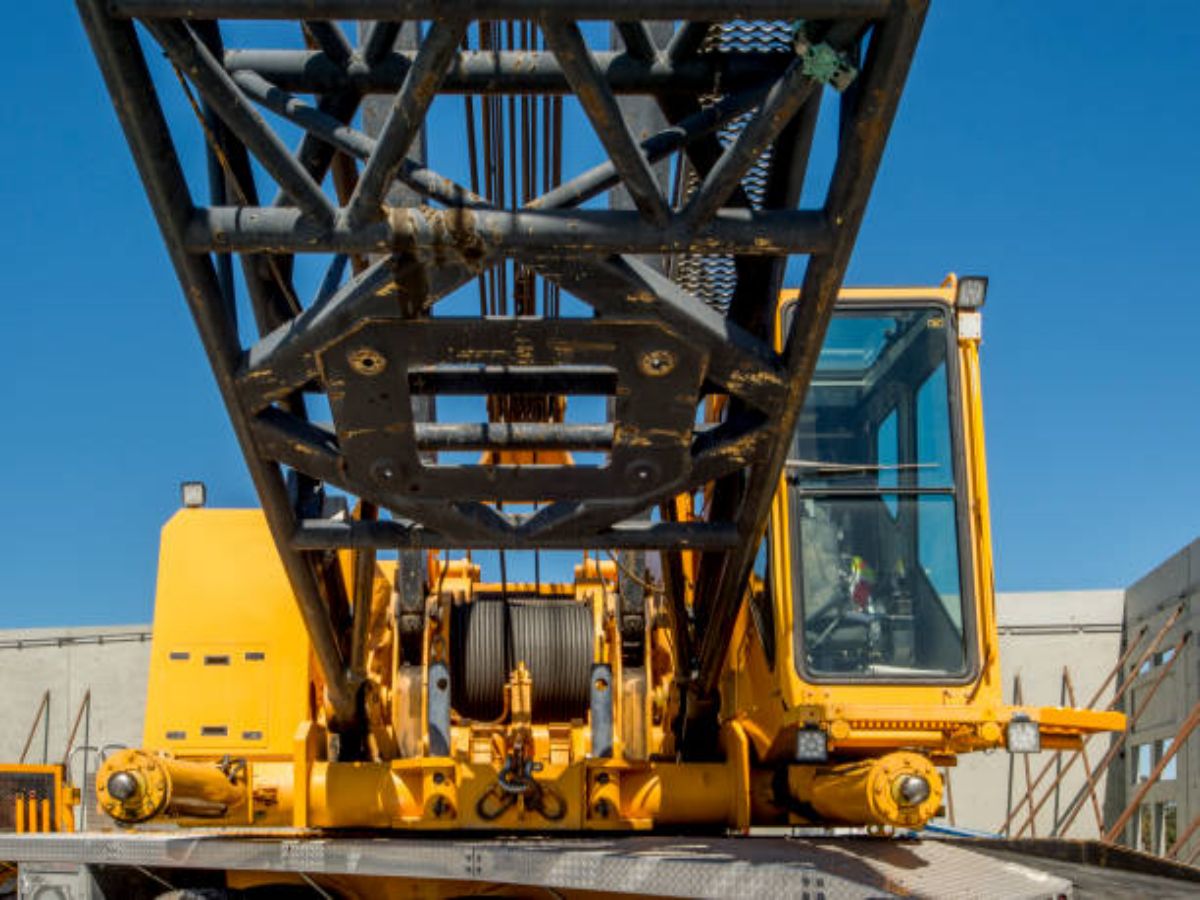Introduction
Welcome to our comprehensive guide on clamp block cranes. In this article, we will delve into the various aspects of clamp block cranes, including their purpose, functionality, and benefits. Whether you are a construction professional or simply curious about these heavy-duty machines, this guide has got you covered. So let's dive in!
1. Understanding Clamp Block Cranes
Clamp block cranes, also known as block clamp cranes, are versatile lifting devices specifically designed for handling heavy blocks of materials. These cranes feature a clamping mechanism that securely grasps the load, allowing for safe and efficient lifting, transportation, and placement of the blocks.
2. How Do Clamp Block Cranes Work?
The operation of a clamp block crane involves a combination of mechanical and hydraulic systems. The clamping mechanism consists of two or more jaws that can be opened or closed using hydraulic cylinders. When the jaws are closed, they firmly grip the block, preventing any slippage during lifting.
3. Applications of Clamp Block Cranes
Due to their specialized design, clamp block cranes find applications in various industries. Some common uses include:
- Construction: Clamp block cranes are widely used in construction sites for lifting and placing heavy blocks of concrete, stone, or other construction materials.
- Warehouse and Logistics: These cranes are utilized for efficient loading and unloading of large blocks, such as pallets or crates, in warehouse and logistics operations.
- Shipbuilding: In shipyards, clamp block cranes are crucial for handling and positioning heavy ship components, such as hull blocks or engine parts.
- Manufacturing: Industries that involve the production of large blocks, such as precast concrete or steel fabrication, rely on clamp block cranes for material handling.
4. Advantages of Using Clamp Block Cranes
Clamp block cranes offer several advantages over traditional lifting methods. Here are some key benefits:
- Increased Efficiency: With their ability to securely hold heavy blocks, these cranes enable faster and more efficient lifting and placement operations.
- Enhanced Safety: The clamping mechanism ensures a secure grip, minimizing the risk of accidents or damage caused by load slippage.
- Versatility: Clamp block cranes can be equipped with various attachments, allowing them to handle different types of blocks and materials.
- Precision Placement: The hydraulic control system enables operators to position the load with utmost precision, even in tight spaces.
5. Factors to Consider When Choosing a Clamp Block Crane
When selecting a clamp block crane, several factors should be taken into account to ensure the right fit for your specific needs. Consider the following:
- Load Capacity: Determine the maximum weight your crane will need to lift to ensure it can handle the intended loads.
- Reach and Height: Evaluate the required reach and lifting height to ensure the crane can access the desired locations.
- Operating Environment: Consider the conditions in which the crane will be used, such as indoor or outdoor, to choose the appropriate crane design and features.
- Attachments and Accessories: Determine if you require any additional attachments or accessories to optimize the crane's functionality for your specific tasks.
6. Maintenance and Safety Guidelines
Proper maintenance and adherence to safety guidelines are crucial for the optimal performance and longevity of clamp block cranes. Follow these tips:
- Regular Inspections: Conduct routine inspections of the crane, including the clamping mechanism, hydraulic systems, and structural components.
- Operator Training: Ensure that operators receive proper training on the safe operation of clamp block cranes to minimize the risk of accidents.
- Load Limitations: Adhere to the specified load capacity of the crane and avoid overloading it, as this can compromise safety and cause damage.
- Lubrication: Regularly lubricate the moving parts of the crane to reduce friction and prevent premature wear and tear.
7. Notable Manufacturers of Clamp Block Cranes
Several reputable manufacturers produce high-quality clamp block cranes for various industries. Some renowned names include:
- Company A: Known for their innovative designs and advanced features, Company A offers a wide range of clamp block cranes suitable for diverse applications.
- Company B: With decades of experience in the industry, Company B is renowned for its durable and reliable clamp block cranes.
- Company C: Specializing in custom solutions, Company C can design and manufacture clamp block cranes tailored to specific customer requirements.
8. Cost Considerations
The cost of a clamp block crane can vary depending on several factors, including its load capacity, reach, features, and brand reputation. It is essential to evaluate your budget and balance it with your specific requirements to make an informed purchase decision.
9. Conclusion
Clamp block cranes are essential tools in various industries, offering efficient and safe handling of heavy blocks. Understanding their functionality, applications, and benefits will help you make informed decisions when it comes to selecting and utilizing these versatile machines. Remember to prioritize safety and maintenance to ensure optimal performance and longevity. Happy lifting!

